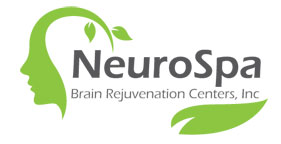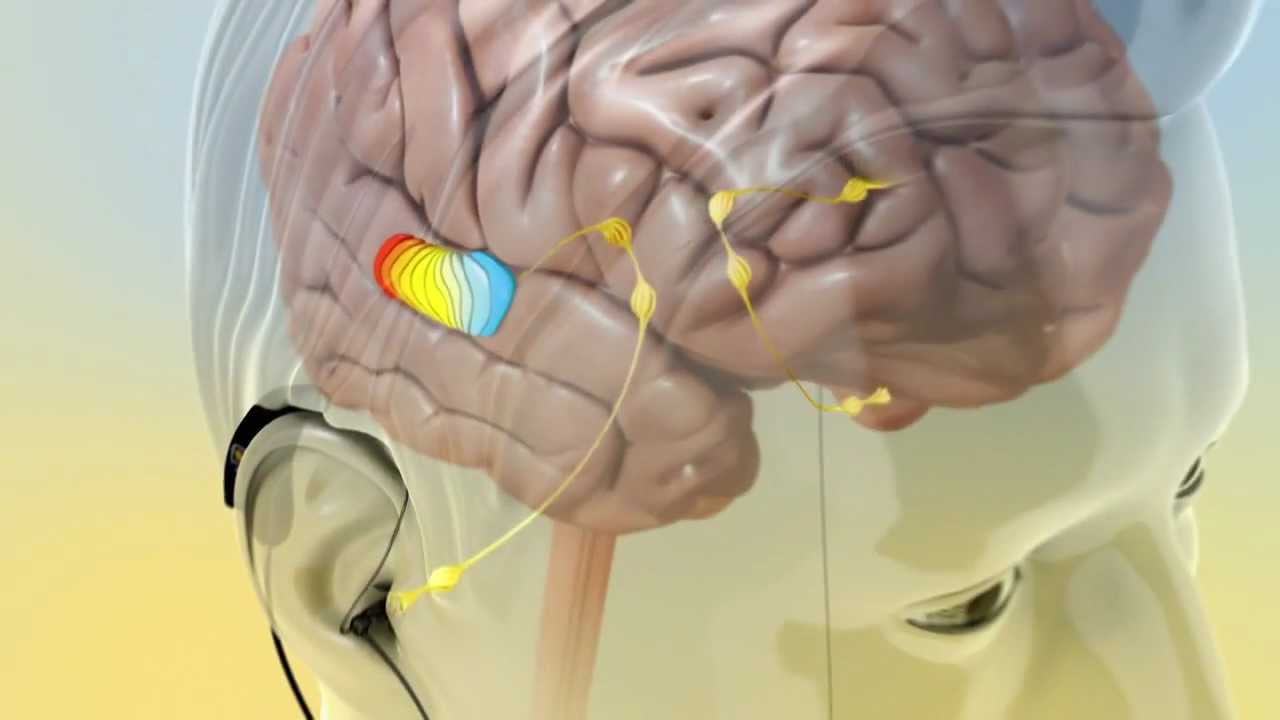Nearly 50 million Americans suffer from tinnitus or abnormal ringing of the ears. Tinnitus is defined generally as perception of sound in one or both ears without an external source. Tinnitus can be a debilitating disorder and often accompanied by poor mood, anxiety, poor sleep, and poor quality of life. Tinnitus is described as constant or pulsatile. Constant tinnitus is more common than pulsatile. The severity of tinnitus varies widely among those who suffer and can change over course of life. Most commonly, tinnitus becomes noticeable in the 5th and 6th decades of life and more common in men than women.
The exact cause of tinnitus is usually not readily clear and can be multifactorial. Long term exposure to loud noise (at work and/or leisure environments), prior severe inner ear infections, Meniere’s disease (excessive pressure within the cochlea), tumors of the vestibular-cochlear nerve (e.g. Schwannoma), head trauma, alcohol abuse, high blood pressure, anxiety and mood disorders have all been associated with tinnitus and considered risk factors.



